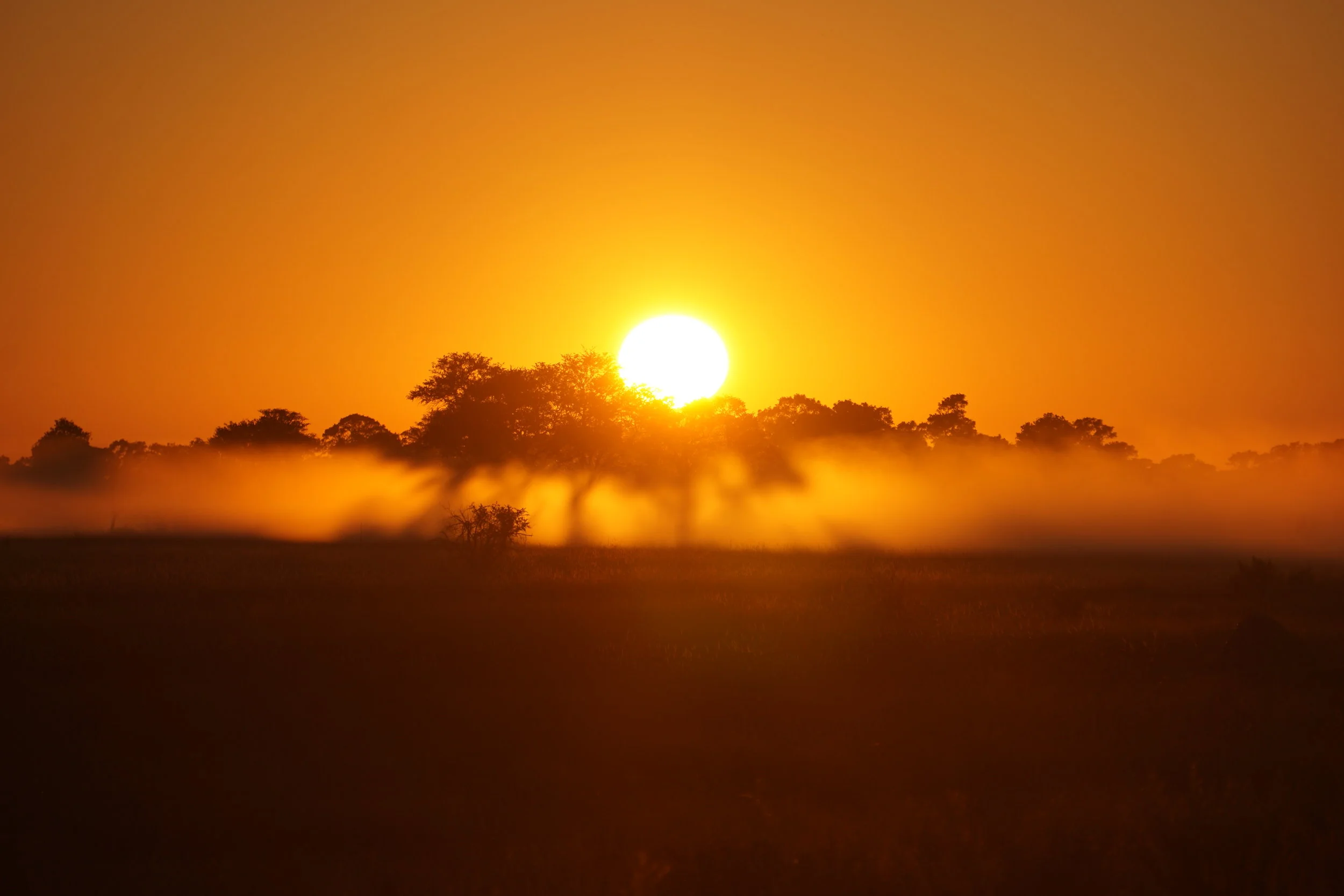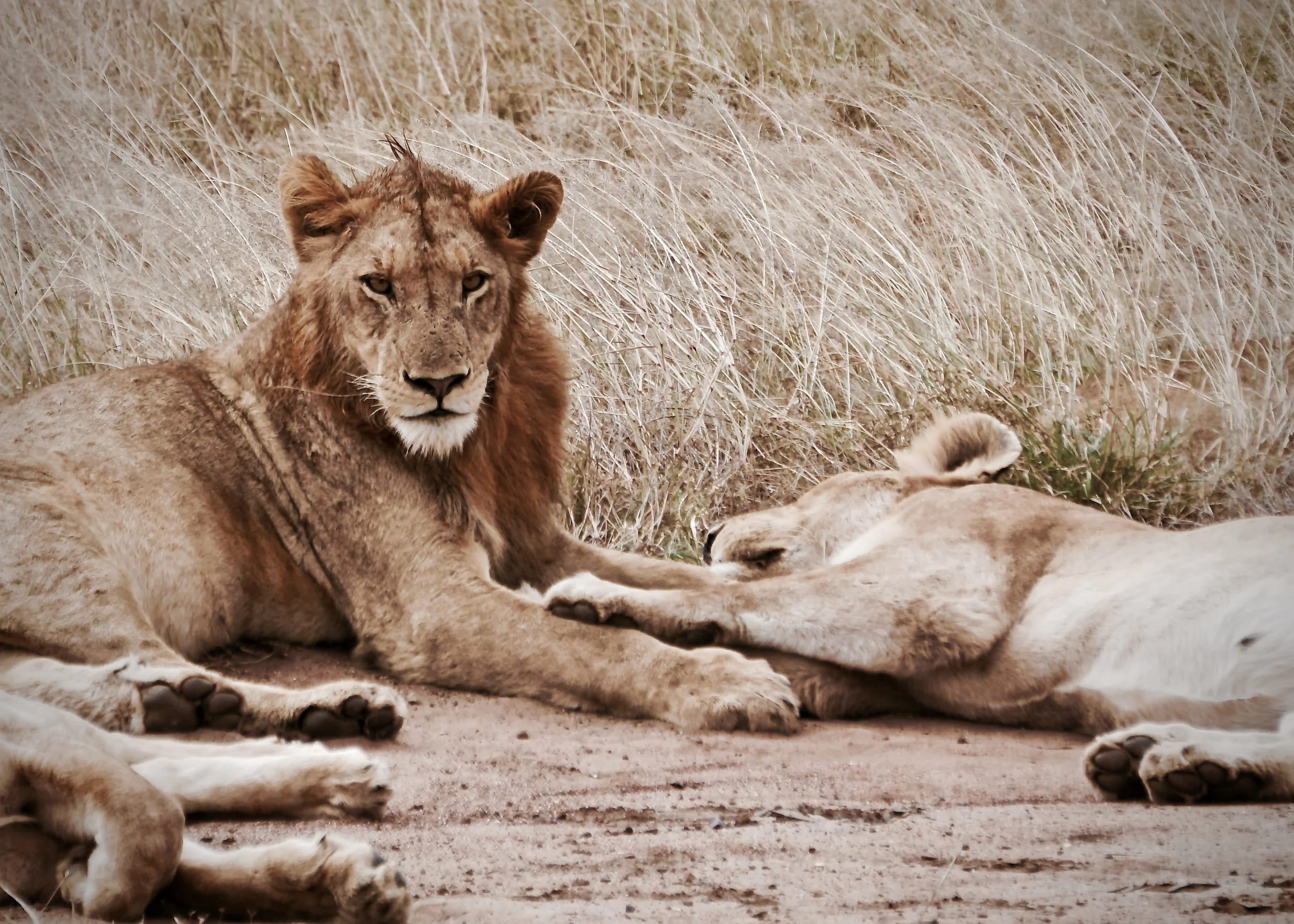The State of Poaching in Southern Africa
“We all belong to South Africa, and South Africa belongs to us all.”
I could see clear through the bullet hole. The sun poured through the skull onto the red Zimbabwean soil. I looked up and could see the pain seize my guide as he relived the encounter. I could see it in his eyes. Like mourning family. This was his child. I now better understood the number of rifles around me. The severity of the reality hit me. I was in an active warzone. These men had killed 15 poachers already this month and it was still the first half. These guns weren't for me or necessarily for the rhinos. They were meant for them. Those who went unseen. Waiting until darkness for their next kill. I was in the kill zone of a multi-billion dollar war. The proof was at my feet. The beautiful life of this beautiful creature cut short by faceless butchers in the night. A nightmare but very real. It is time to wake up.
Between 2010 and 2015, 500 Mozambicans were shot dead. They crossed the border into South Africa illegally. Armed with the Cold War kalishnikovs most associated with terrorism today, they slipped past the border into Kruger National Park, home to South Africa's largest population of rhinos. For a father trying to feed his family in one of the most depressed economies in the world, the lucrative promise of rhino horn has sent far too many to their deaths. Recently valued in 2014 at $60,000 per pound by a UCLA study, rhino horn today is valued more than even gold and cocaine. Just as wars have been fought for these two in the past, so has the war for rhinos and conservation been set ablaze on the mother continent of Africa.
Rhinos alone are not the sole victims of this war. Nor are the rangers risking their lives each day or the desperate poachers at the bottom of mega-operations who's family must suffer the empty seats at the dinner table. Elephants are being poached at an alarming rate. Valued in 2017 at $1,600 per pound, illegally poached elephant tusk continues to be the primary source of a worldwide ivory trade. It is a world war. Follow the money and you will find a spider-web of old world beliefs, exploited by new world business. It is a collision of ethics and profit.
The driving force behind the demand for rhino horn is mainly misinformed. Southeast Asia and traditional Chinese medicine attribute great significance to the appendage. Rhino powder based elixirs were first prescribed over 1,800 years ago, creating a small but consistent market for the substance once supported by local populations of now endangered species. These include the Sumatran, Javan and Indian Rhino. Trading bans effectively snuffed this ancient market out through the twentieth century and then all of the sudden something changed in 2008.
Between 1990 and 2007, only 15 rhinos were documented to have been poached in South Africa. In 2008 alone that number jumped to 83. Last year, in 2017, 1028 rhinos were poached in South Africa alone. And this is a continental problem. Not accounting for rhinos poached in other African nations, this is an increase of over 1,200% in nine years. The closest thing to being discovered as the single catalyst for this killswitch is a simple rumor. In the mid-2000's a rumor swept Vietnam, a popular politician's cancer diagnosis was cured by drinking a mythic tonic consisting of rhino horn. Word spread that rhino horn was the cure for cancer, and market bells rang around the world.
Elephants, on the other hand, and their precious tusks have been targeted as far back as the Romans. Ivory has long been held as a status symbol and has been used for a wide variety of products. The white keys of pianos were once sourced from a dead elephant in somewhere east Africa. Vintage billiards sets featured balls carved from tusks harvested from some bloodsoaked stain outside Matobos. Or the delicate hairpin holding up the latest up-do in Victorian high society was once the seven-ton master of its world. All brought down by less than two ounces of steel.
What sets the ivory trade apart from the rhino market is the sheer volume. Rhinos are being systematically hunted to extinction. Their populations are much smaller than elephants, which is part of what drives the value of horn so high. It is estimated a rhino is poached every eight hours, while every 25 minutes an African elephant is illegally killed. At this rate, over 90% of Africa's elephants have been wiped out over the last 100 years. Last year alone over 20,000 elephants were killed. To break that down even further, that's an average of 55 elephants a day.
The killing fields far extend past the borders of Kruger National Park and far further than the boundaries of South Africa. It is truly an African crisis fueled by a global greed's gluttony. A 2015 study estimated illegal elephant poaching costs the currency starved Zimbabwean economy over $140 million USD a year. Over the last 20 years, this has totaled to over $3 billion. These astronomical figures open a whole other debate surrounding the billion dollar industry of legal trophy hunting but dollars lost are lost dollars incentivizing governments and local business operations to preserve and protect wildlife populations.
Kenya has been long been dead center in the sights of poachers. The cradle of east Africa and the famous Masai Mara, Kenya has had to increase its number of wildlife crime prosecutors from two to 14 in 2017. Even with some of strictest anti-poaching laws in the world, Kenya continues to make headlines marking the loss of its iconic wildlife. The latest being the death of Satao II, one of only 30 tusker elephants in all of Africa shot and killed in Tsavo National Park in March 2017. Elephants earn the distinction of tusker when their ivory grows to such lengths they graze the ground, making them prime targets for poachers.
The funding behind all of this comes from buyers all over the world. Vietnam devours rhino horn for its supposed cures. In Northern Africa and the Middle East, wealthy Muslim men can be seen adorned with traditional Janbiya daggers. The hilts of which are often carved from rhino horn for their status. And traditional Eastern medicine still holds on to its ancient claims despite a nearly non-existent market for almost 100 years. These traditional values have since mutated to more modern means. Rhino horn is believed to cure hangovers in countries which are the top exporters of proven cure, coconut water. It is thought to break fevers in an age of modern medicine. And it is snorted as a natural viagra. Healing impotence and endowing its consumer with the documented virility of its source.
It is a substance molecularly identical to human fingernails. Chewing your fingernails is not a cure for cancer, it does not conquer hangovers or break fevers and luckily does not put you at risk for memorable visits to the hospital if snorted. These claims are justifications for the shameless consumption of the natural world. Proof of our 'dominant status' despite our 'shortcomings.'
Even worst, the unabashed ivory trade does far less to try and hide behind claims to improve the human condition. The slaughter of elephants is the product of pure vanity. China has traditionally been the largest consumer of the modern ivory trade. Accounting for nearly 70%, where its top four uses have been for jewelry, religious figures, utensils and worst of all ... trinkets. Over 20, 000 elephants are illegally killed each year for the souvenir market.
The issue of poaching is far more complicated than an exchange of a bullet to a skull, or even more devious, poison. It is a lucrative vehicle feeding a high-value market faithful to their beliefs. Religion is not a crime nor is culture. The exploitation of religion, the murder of innocence both human and natural is. To battle back the rising tide of poaching we cannot simply discount what people believe in, attempt simply to prove their religions wrong. This would be as effective as commanding a devout Catholic to deny the existence of Jesus Christ. What will bring an end to the war on the ground is a war of economics and a war of awareness.
Conversations and efforts need to be made to allow those closest to the struggle to explore how to reverse engineer a market, how to destroy value in a commodity valued for its status and exoticism. It is a global crisis staining African soil as a result of foreign interference. Often it is also foreign interference in the form of emotional rather than logical decision making getting in the way of approaching the crisis in new ways. The solution will most likely be an African one but one which can be supported by the elevation of worldwide awareness.
Many in our past have contributed to the present pain in Africa but there are many in our present who can contribute to its future. Besides this article go out today and do a quick Google search. Read one piece of recent news about the ivory trade or rhino conservation. Learn enough just to be dangerous. Your awareness of the problem is lethal to poachers. Start there and if you can, explore how you can get involved in the smallest way.
Speaking in 1966 on a visit to South Africa, Bobby Kennedy reminded the world that "few will have the greatness to bend history itself, but each of us can work to change a small portion of events. It is from numberless diverse acts of courage and belief that human history is shaped." The history of the world is being written and there is still time to save this tragic chapter. The pen is within our generation's grasp. What story will we leave those to follow? What words and ideas will you contribute? Think. Be bold. Act. There are lives depending on it.
Email me to talk more about this at nolan@voyedgerx.com and take a look at our Trip Calendar (down below) for future opportunities to visit South Africa with me!
P.S. 6 spots left for Africa Round Two here.































Looking for some pro-tips when it comes to dropping-in at a CrossFit gym? Read this.